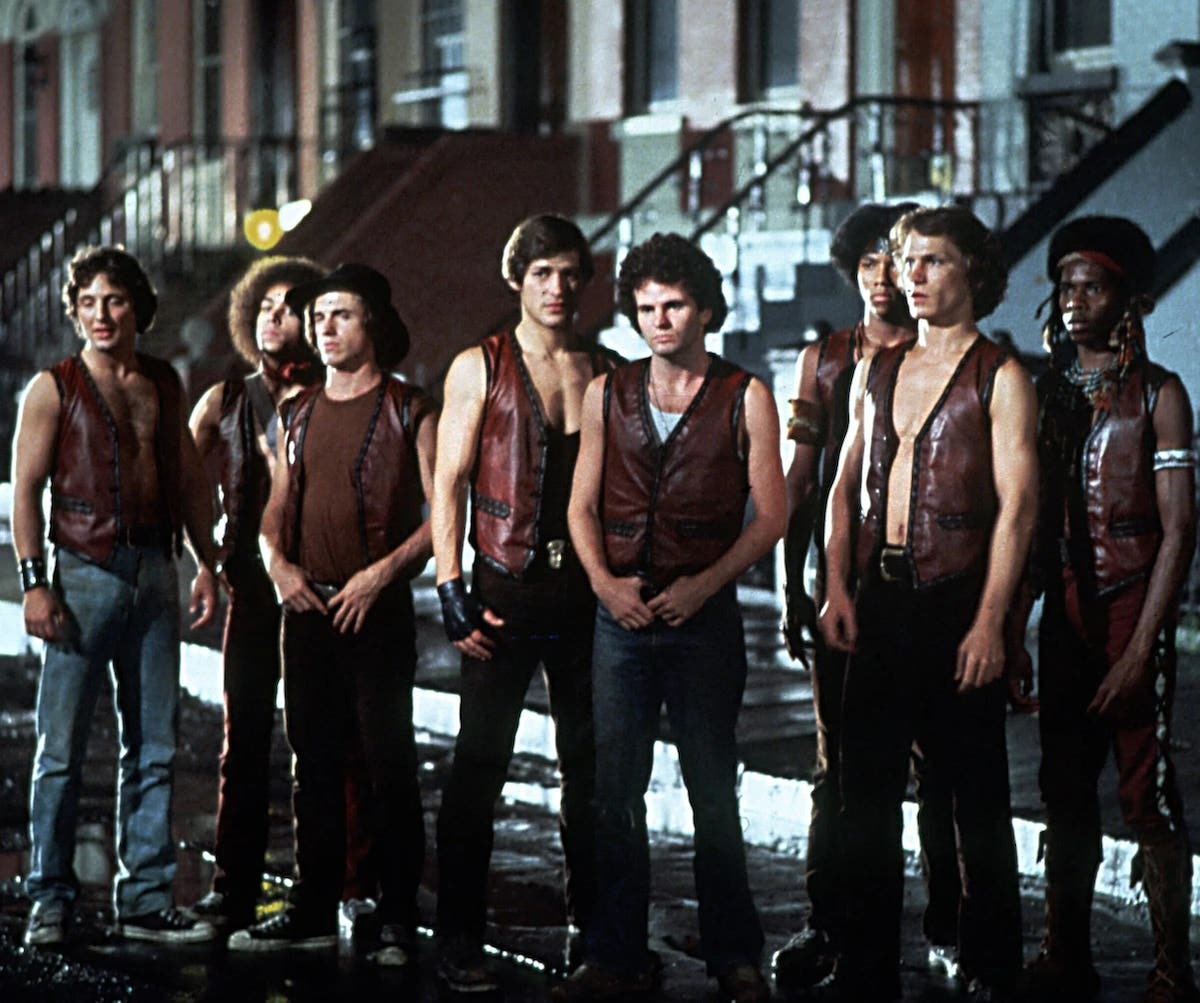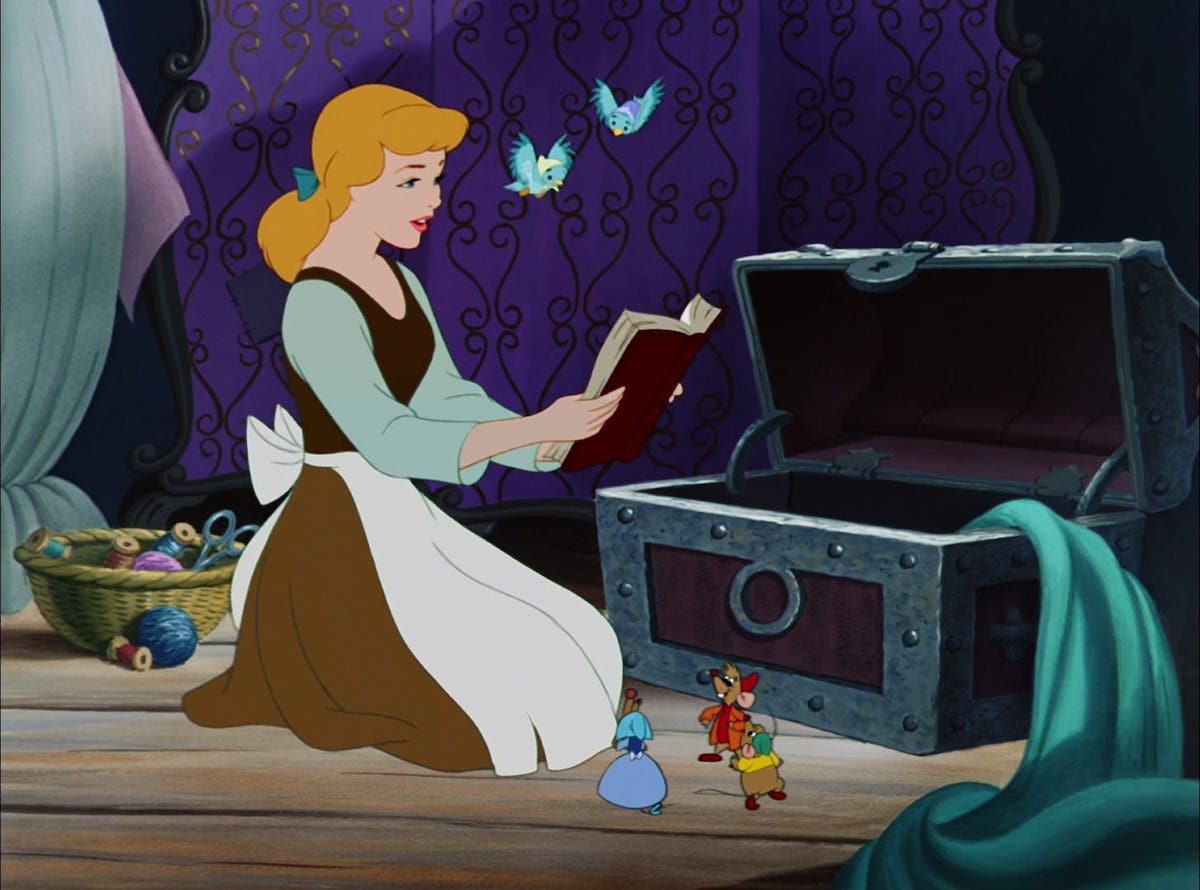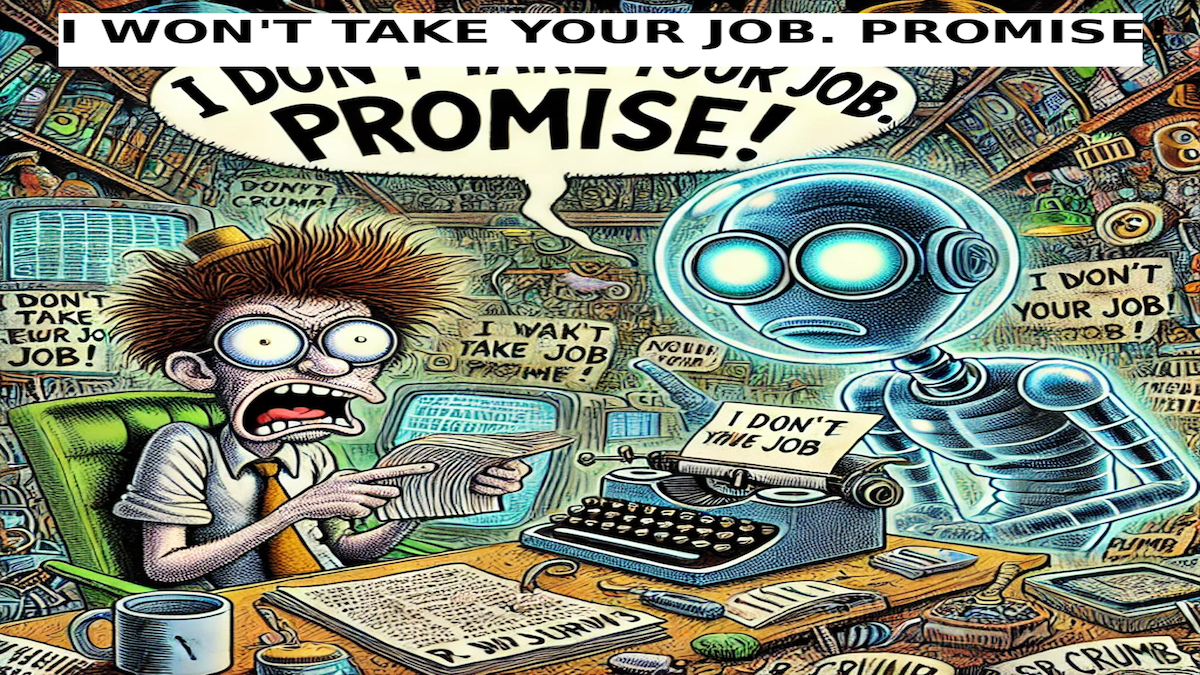The Great Linda Seger Has Done It Again!
In this, her ninth book on screenwriting, the industry’s matriarch — who essentially created the job of script consultant three decades ago — Dr. Seger has gone on to clarify one of the most elusive elements of screenwriting in her latest book: Writing Subtext: What Lies Beneath.
In this, her ninth book on screenwriting, the industry’s matriarch -- who essentially created the job of script consultant three decades ago -- Dr. Seger has gone on to clarify one of the most elusive elements of screenwriting in her latest book: Writing Subtext: What Lies Beneath.
“Subtext is the true meaning simmering underneath the words and actions,” she explains. “The text is the tip of the iceberg but the subtext is everything underneath that bubbles up and informs the text.”
Dr. Seger starts with reality to anchor our understanding of subtext. “When you’re confused, you’re probably experiencing subtext -- something is going on beneath the surface.”
“In real life, subtext wastes our time and muddies our relationships because we’re forced to spend so much time figuring out what’s really going on. We try to fathom what’s up and keep thinking: 'Something’s wrong here but I don’t know what it is!'”
Dr. Seger advises writers not to confuse the Reader by leaving the subtext vague. Being very judicious in their selection of words, scenes and characters, writers can intentionally avoid any erroneous detours or potential misinterpretations caused by arbitrary scenes or dialogue.
While perhaps frustrating or obfuscating in real life, on a script’s page, effective subtext can bring an entire cast and crew into alignment and empower each of them to add layers of authenticity to the execution of their respective roles. A script that leaps powerfully off the page has that much better a chance of making it successfully onto a screen.
Writing Subtext encourages writers to use all the tools in their arsenal: everything from visual image systems, the choice of time and weather, to swerves or pauses in dialogue, to gestures, behaviors, and actions. Each and every arrow in the creative quiver can be infused with subtext to eradicate a screenplay of any over-used, superficial, cliché or dreaded “on the nose” elements. The pros and cons of writing character bios and backstories are discussed -- why some writers swear by them and others dismiss them as irrelevant -- and the dangers of how too much subtext can seep into expositional text.
At the end of every chapter are exercises for you to develop your own projects as well as revisit great examples from our rich film history. She suggests studying everything from Freud to dream interpretation to B-movies to look for new and unique ways of evoking emotion and feeling through symbols and images.
No screenwriter’s bookshelf is complete without at least one book by Dr. Linda Seger. That’s a given. I’d personally argue, it’s not complete without all of them. I always weigh the price of the book and the few hours it’ll take me to read it against the knowledge and expertise that the author brings to my reading table. Thirty years of expertise, teaching in 30 countries on six continents, a dozen books published and consulting on a couple thousand screenplays which have resulted in 40 produced films and 35 television episodes … yeah, I’d say that’s worth 17 bucks and a couple hours of my time to read the latest is she’s got to say.
Heather Hale is a film and television writer, director and producer with over 80 hours of credits. She currently produces Lifestyle Magazine, the #1 life coaching broadcast television talk show. She wrote the $5.5 million dollar Lifetime Original Movie The Courage to Love (2000) which starred Vanessa Williams, Stacy Keach, Gil Bellows and Diahann Carroll. She directed, produced and co-wrote the million dollar thriller Absolute Killers which was distributed theatrically then sold at Walmart and Best Buy.
She has books published by the two major entertainment industry publishers: Story Selling: How to Develop, Market and Pitch Film & TV Projects (2019, Michael Wiese Productions) and How to Work the Film & TV Markets: A Guide for Content Creators (2017, Focal Press/Routledge).
The Independent Film and Television Alliance approved her as a qualified independent producer to pitch projects to NBCUniversal for their annual development fund. As IFTA’s Industry Liaison, Ms. Hale booked all the speakers for the 2013 American Film Market, including their flagship Conference series as well as launching their Producer’s Workshop. Ms. Hale served as the Vice President of Event Programming for NATPE (the National Association of Television Program Executives) for whom she also booked speakers and designed curriculum as well as consulting professionals to polish their pitch packages and sizzle reels to prepare them to pitch their TV concepts at their annual TV markets. She has written many “How to Pitch TV” articles and executive profiles for their membership newsletter and website.
A popular international speaker and in-demand consultant, Ms. Hale has taught custom pitching workshops to ABC/Disney Drama Executives, a weeklong screenwriting retreat in Australia (integrated with concurrent directing and acting programs). She teaches webinars and online classes for the Writers Store, Screenwriters University and Stage 32. She is a member of The Academy of Television Arts and Sciences (The “TV Academy,” the entity that awards the Emmys) and ShowBiz Mensans.







